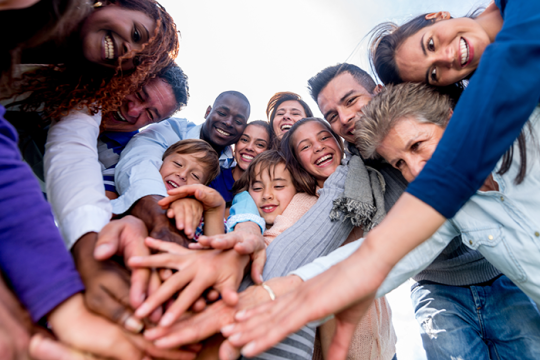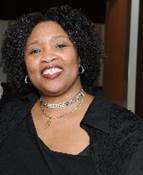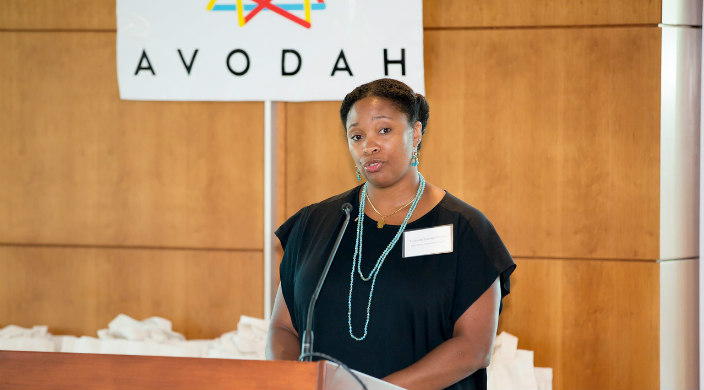
“As a Jewish woman of Color…” is how I begin most conversations these days.
Because of my intersectional identity, I am in both predominantly Jewish and Black spaces quite often and find myself having to explain my Jewish identity to both groups of people. There is a huge “element of surprise” about my Judaism from both identity groups, often with lots of questions.
I find this a bit unsettling, but I seize the opportunities to talk about both what it means to navigate Black spaces as a Jew and to navigate predominantly white Jewish spaces as a Jew of Color.
I grew up in Mississippi and attended two Historically Black Colleges and Universities, Tougaloo College and Jackson State University. Being raised in a Black and white world, with very few variations of gray, didn’t allow many opportunities to see or interact with other identity groups.
This experience is not unique to me. In fact, I have observed this as a universal experience, regardless of race, ethnicity, religion, or geographic location.
It is human nature for people to gravitate to those with whom they feel they have the most in common and those who, frankly, look like them. When people find commonality in others, they often feel a sense of comfort – and people tend to go for commonalities they can see first, without taking the time to dive a little deeper to find other commonalities.
Most people form opinions about those who are “not like them” based on media portrayals of antiquated, racist, anti-Semitic, and discriminatory stereotypes that have been passed down from generation to generation. As a result, I use the element of surprise to debunk myths and stereotypes that both identity groups have about one another. If we don’t take the time to talk to one another, we won’t learn anything.
For the purpose of strengthening Black and Jewish relationships today, it is extremely important to understand the in-depth history of the time preceding, during, and immediately following the civil rights movement era. Only when there is an understanding of the complex relationship between Blacks and Jews can a solid foundation emerge: one that includes candid conversations, discoveries, and understanding. We can use this information to both build a stronger relationship between Blacks and Jews and learn from mistakes of the past.
The famous photograph of the Dr. Rev. Martin Luther King, Jr. and Rabbi Abraham Joshua Heschel is an image etched in the minds of many, used as the measuring stick for Black-Jewish relations during the civil rights period. While this was an example of two extraordinary individuals working together for freedom and justice for all, their relationship was not necessarily the norm. Many Northern Jews traveled South to work alongside Blacks to fight for voting rights, but there were Southern Jews who were not on the same page as Jews from the North – and they played a very different role in the civil rights era.
When I am in predominantly Black spaces (ones that are not Jewish), including amongst family and friends, it seems that if there is any opportunity to discuss my Jewish identity, several people are waiting to kick off the conversation. I’m commonly asked, “Is it is possible to be Jewish and believe in Jesus Christ as my Lord and Savior?”
That question may sound shocking, but I’ve received the question many times. It doesn’t offend me; rather, it helps me understand how much dialogue and information-sharing is needed to bridge the gap between these two identity groups.
The one question I’m asked in almost every new Jewish setting I enter is, “Oh, you’re Jewish? What’s your Jewish journey?” Again, I don’t take offense to this question. Instead, I use it as an opportunity to engage in a deeper dialogue with my sacred family.
The element of surprise is a positive thing for me, and I believe it can be positive for others, as well. If we don’t take advantage of opportunities to use it to our benefit, we will continue to view our relationships through a foggy lens that continues to paint a distorted picture. Talking and unpacking the baggage, however, will lead to more open conversations and a greater level of understanding.
Visit the Religious Action Center of Reform Judaism's racial justice page for additional resources.
Related Posts
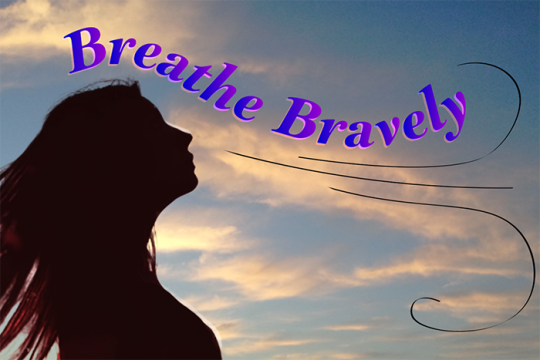
Breathe Bravely
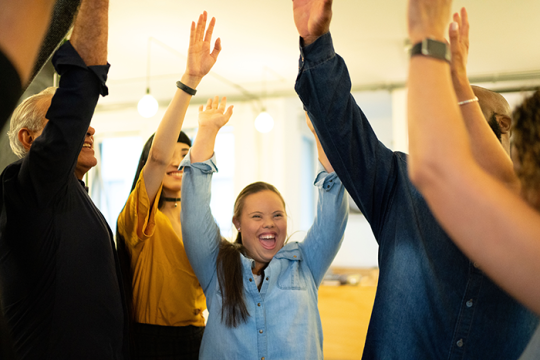
Supporting Colleagues with Disabilities
